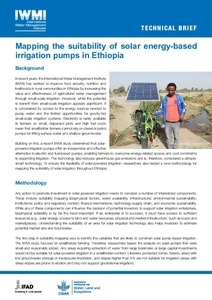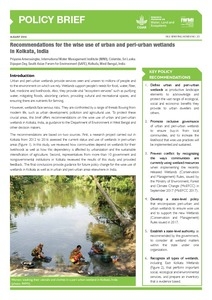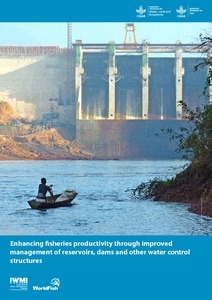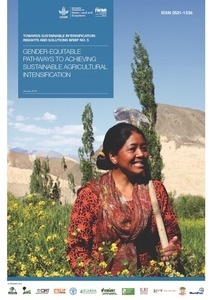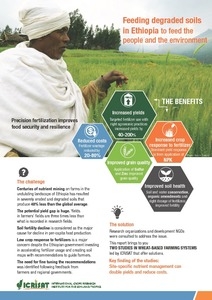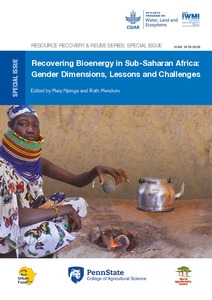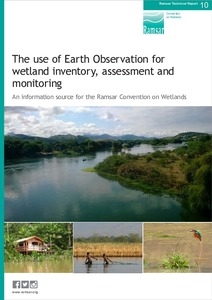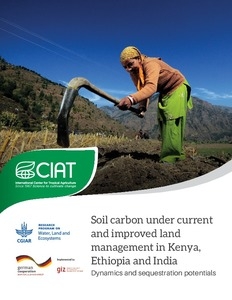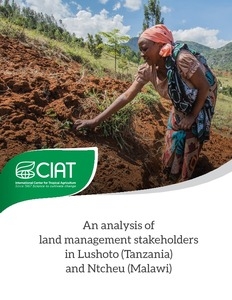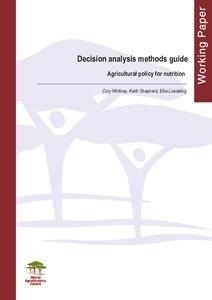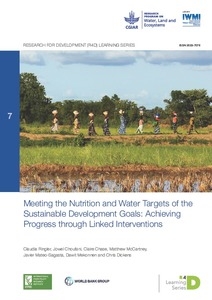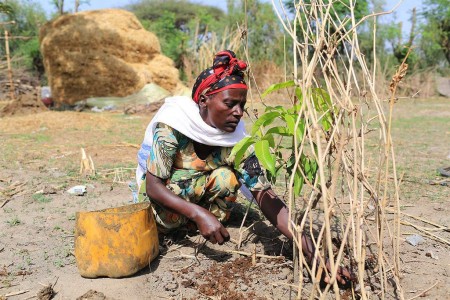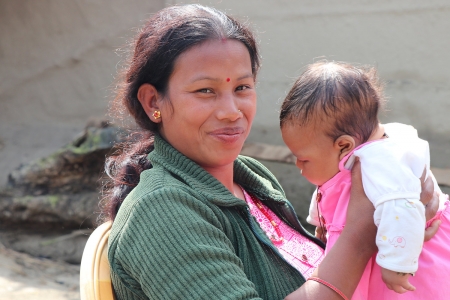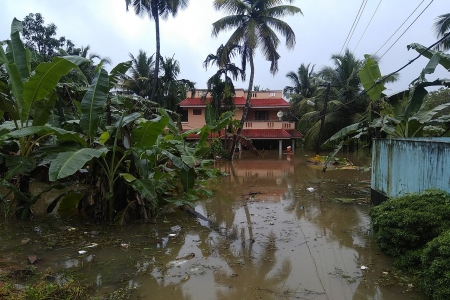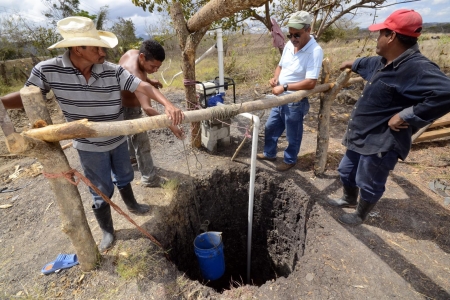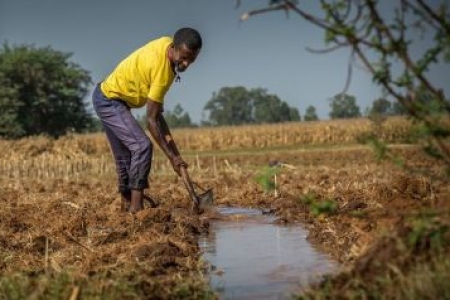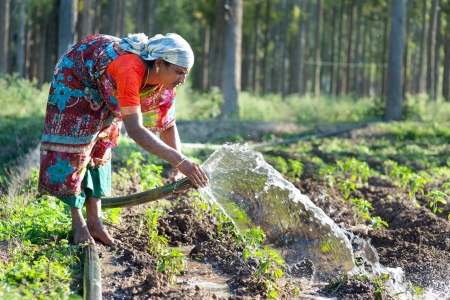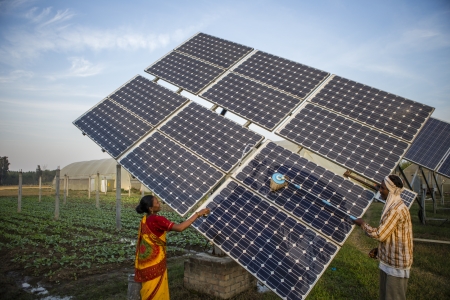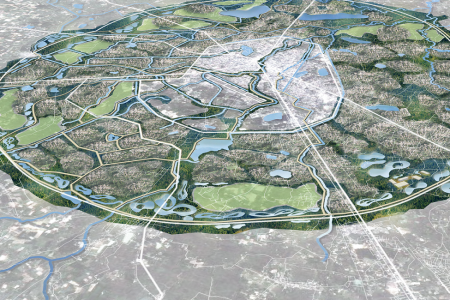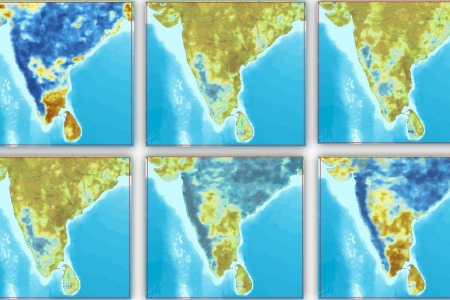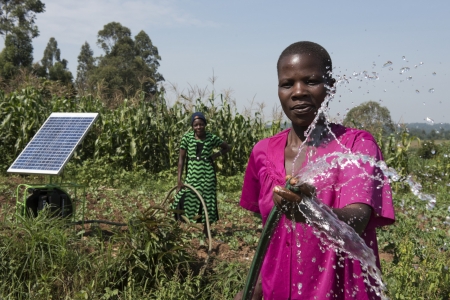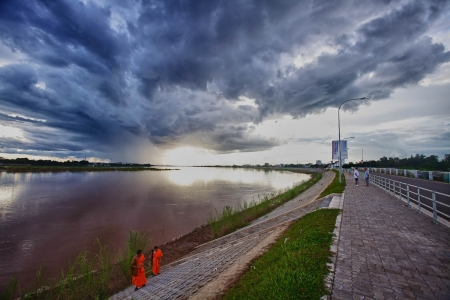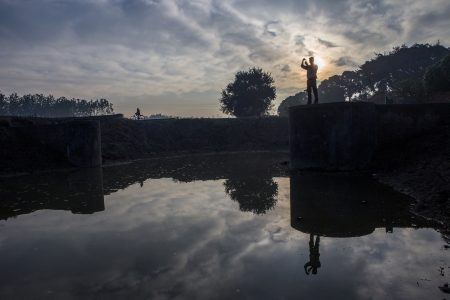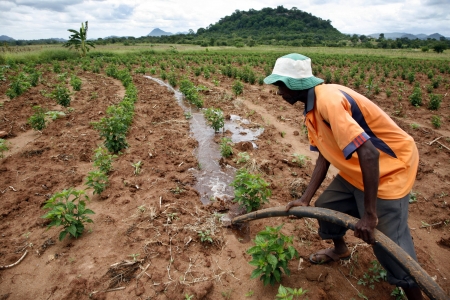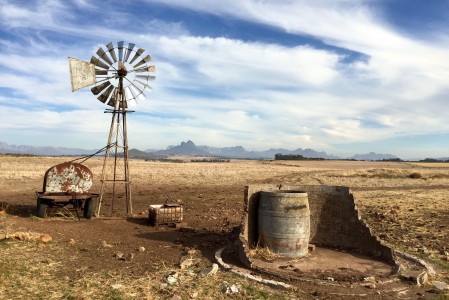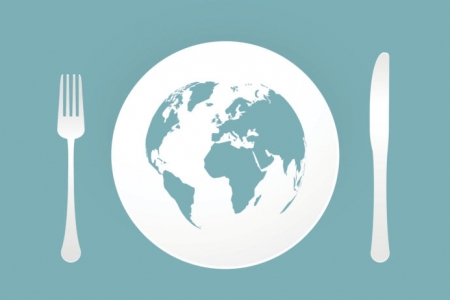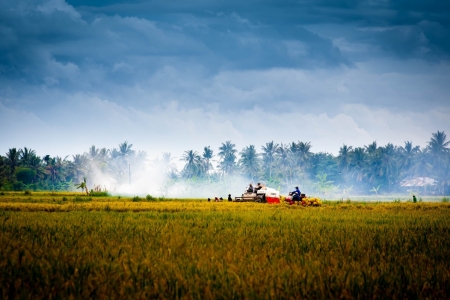The WLE 2018 Annual Report > Food availability

Indian governments make the leap to drought relief for farmers using real-time data
Governments in India are using satellite data combined with ground measurements to assess and mitigate drought damage to crops. The data improved drought response in three districts and fed into development of 620 district-level drought plans.
Throughout 2017-2018, the South Asia Drought Monitoring System (SADMS) provided an index that integrates rainfall data with data on vegetation, soil moisture and temperature. Every eight days, the system publishes drought bulletins with detailed maps showing drought severity across Afghanistan, Bangladesh, Bhutan, India, Nepal, Pakistan and Sri Lanka.
The system has been produced and is maintained by the International Water Management Institute (IWMI) as part of the CGIAR Research Program on Water, Land and Ecosystems (WLE) research theme on variability, risks and competing uses.
The index was applied to drought-affected states across India, producing maps showing widespread agricultural drought across multiple states. SADMS supplied the periodic bulletins to authorities, along with briefings to members of parliament and state-level principal secretaries, enabling them to better target and inform drought-relief efforts.
In three Indian districts, Kurnool (Andhra Pradesh), Amravati (Maharashtra) and Aurangabad (Maharashtra), SADMS provided real-time drought severity data along with briefings to high-level officials, farmer groups and agricultural extension officers.
At the village level, the project helped implement real-time contingency planning measures, including attaining drought-tolerant seed varieties, supplementary irrigation, rainwater harvesting and spraying of potassium nitrate to relieve drought stress.
As a result, the crop yields and incomes in these areas were significantly higher than in the control areas, indicating the vital role the approach can play in food and livelihood security.
Over one billion people in South Asia depend on agriculture-related livelihoods – most of them poor and vulnerable to drought impacts. With incidents of serious drought on the rise, partly due to changing weather patterns, governments need to improve their response, including by providing faster and better targeted relief, staple grains and monetary support.
But, for local and national authorities to implement such measures and avoid major food or social disruptions, they need to know the extent and nature of damage. SADMS provides this data as part of wider WLE efforts to enhance the resilience of agriculture in the face of natural resource-related risks – including through data and digital technology.
In 2019, the concept will be scaled-up in other drought-prone regions, particularly in Karnataka. Further, the World Bank has reportedly decided to use the SADMS approach for a new drought insurance project in Asia and Africa. Other scaling efforts are underway to bring this solution to Southern Africa, the Middle East and Southeast Asia.
Agricultural challengesare meetingtheir matchWLE 2018-19 Research Highlights
Finding the right solutions puts sustainable agriculture within reach
Sustainable agriculture faces a constellation of ever-shifting challenges. Our world’s population grows toward ten billion, but there is now indisputable evidence of multiple serious social and environmental impacts caused by current agricultural and food systems. We are fast approaching our limits.
Play the Sustainable Agriculture Match GameClick two cards. If the pictures match, the WLE solution will pop up! If not, try again with two more cards
Planetary boundaries
Food systems are a major driver of the unsustainable use of the planet’s increasingly fragile ecosystems. Water, land, forests and the biodiversity are precious, yet finite, natural resources. Current trends show that we are pushing the limits of what Earth can handle. How can we transform agriculture so that it's no longer part of this problem, but part of the solution?
Ann Tutwiler (CGIAR Research Program on Water, Land and Ecosystems (WLE))Board Chair
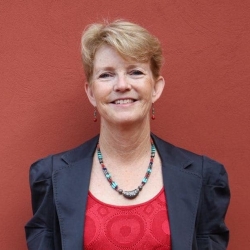
WLE is establishing a commission to convene global experts on sustainable intensification of agriculture. These experts will bring together years of research by WLE, our CGIAR partners and other science institutions to synthesize the best policies, economic incentives, tools, technologies and practices as well as lay out a roadmap for a sustainable and equitable food future.
Step Aston (One Acre Fund)Director - Agriculture Research
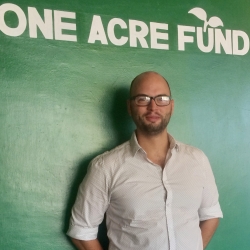
Access to reliable, large-scale, low-cost soil data is an important part of our efforts to develop more locally tailored soil fertility management recommendations and monitor the long-term impacts of our programs on soil health. To date, our soil lab has processed 50,000 soil samples, deriving insights to inform program strategy and decision-making in six countries. This effort would have been cost-prohibitive were it not for the technological breakthroughs and support delivered by the soil-plant diagnostic laboratory.
Food availability
Population growth, demographic shifts, dietary change, climate change and environmental decline challenge everything we know about how to grow and share food. Yet, food production must increase – some estimates say by 50 percent globally, and by almost 100 percent in Africa and Southeast Asia by 2050. But it’s not only about increased production. Better, healthier and more nutritious food is needed too.
Diego Senoner (Indo-German Energy Program)Technical expert

A well-designed KUSUM (Indian solar pump and grid-connected power plant scheme) policy for solar-powered irrigation is important for India to secure sustainable development of agriculture, maintain food security and safeguard groundwater during times of changing climatic conditions.
Marcela Quintero (International Center for Tropical Agriculture (CIAT))Agroecosystems and sustainable landscapes research area director
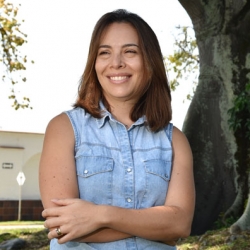
This data platform for improving water management demonstrates the potential that alliances between research centers and development agencies have to generate products that provide concrete solutions to real problems in agriculture. Likewise, these partnerships allow technical and scientific products to reach end users faster.
Equality of opportunity
In this era of planetary degradation, the world’s poorest and most marginalized often bear the brunt of the burden, losing livelihoods and opportunities. This can drive conflict and migration. With men increasingly leaving rural areas, women are playing a greater role in agriculture, but are still often marginalized and lack access to decision making and resources. At the same time, the sector offers fewer viable jobs to youth. Solutions are only sustainable if they are also equitable.
Abdullaeva Uguloi (Water user association of Obchakoron District, Halivad Jamoat, Tatjikistan)Head of WUA
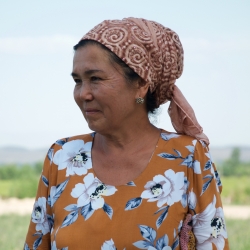
All water user associations should be headed by women. There is so much work, especially at the beginning, but you have to balance so many tasks, and you cannot give up. Women are more likely to overcome barriers. You have to be happy to always be working. Women are much better at this than men.
Miriam Otoo (International Water Management Institute (IWMI))Research group leader for resource recovery and reuse
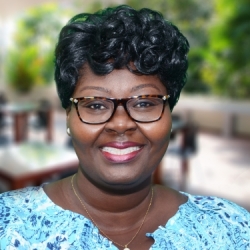
The business of safe recovery of water, nutrients and energy from domestic and agro-industrial waste offers significant opportunities to generate economic and social benefits to women and unemployed youth, especially in developing countries. These entrepreneurs, however, face high market entry barriers due to a lack of social networks, specialist skills and capital. It is therefore important to identify appropriate business training for youth or women entrepreneurs, tailored to their specific needs and capacity gaps under each unique geographical context.
2018 Publications highlights
WLE in the news
Thrive Blog Highlights
WLE is grateful for the support of CGIAR Trust Fund Contributors, including direct support from
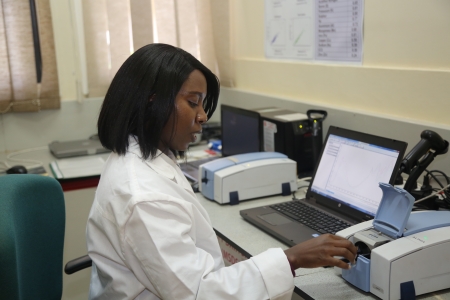
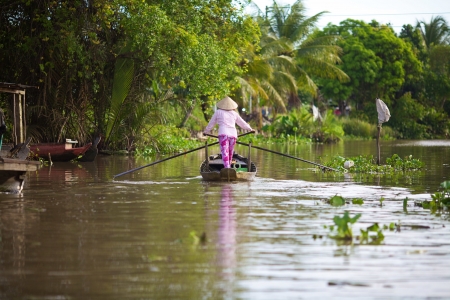
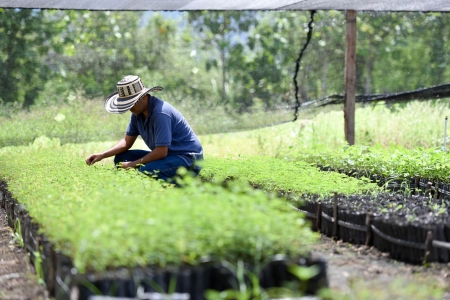
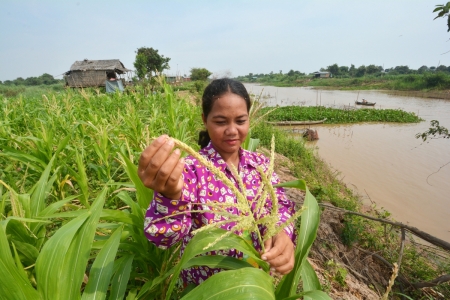
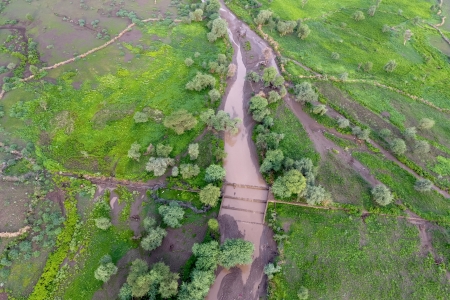
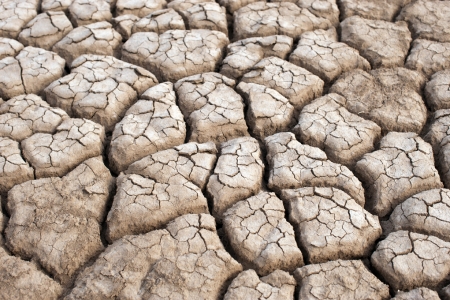
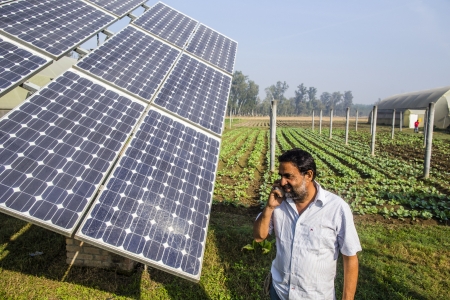
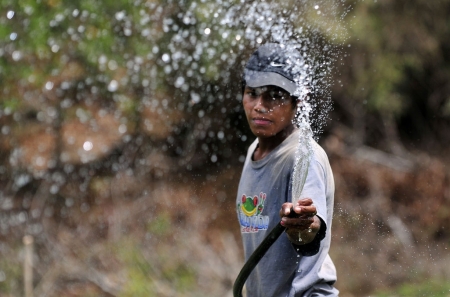
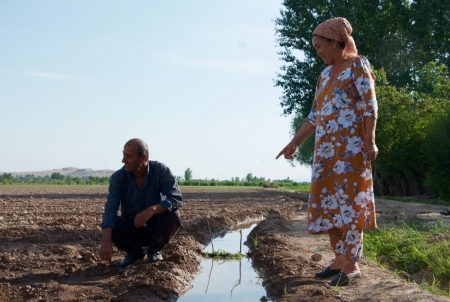
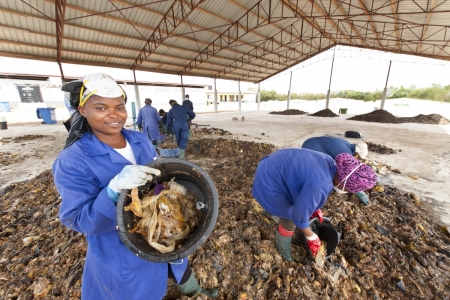
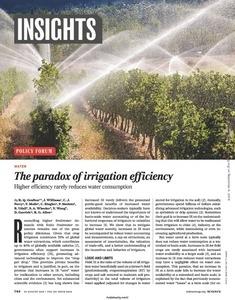
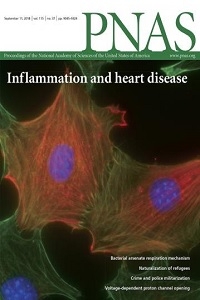
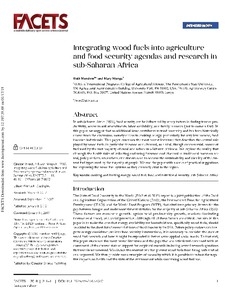
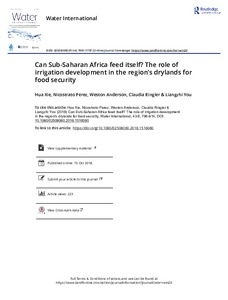
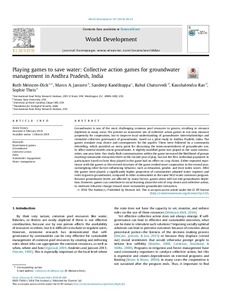
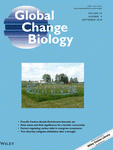

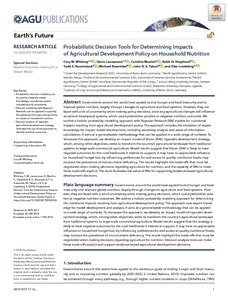
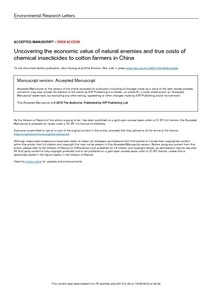
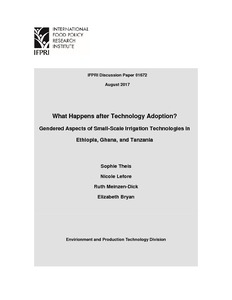
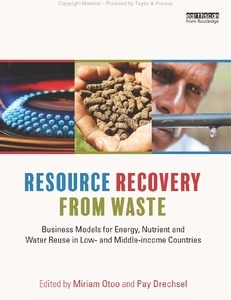
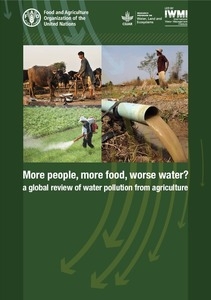
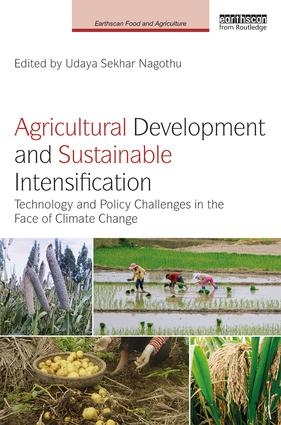
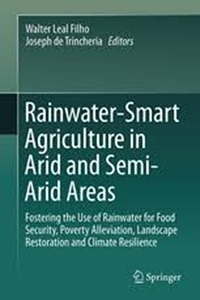
.pdf_/index.jpg?itok=1PqCyZYF)
